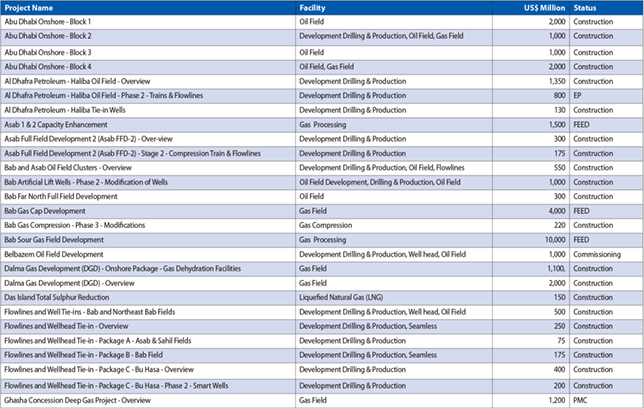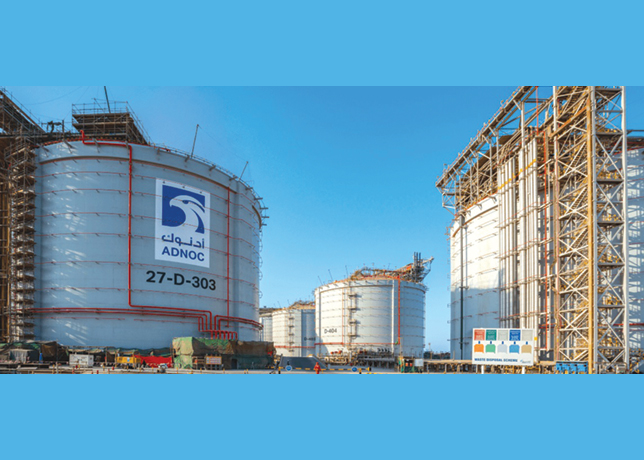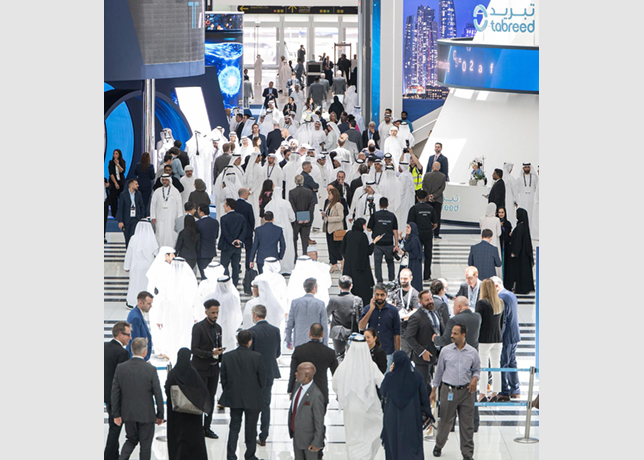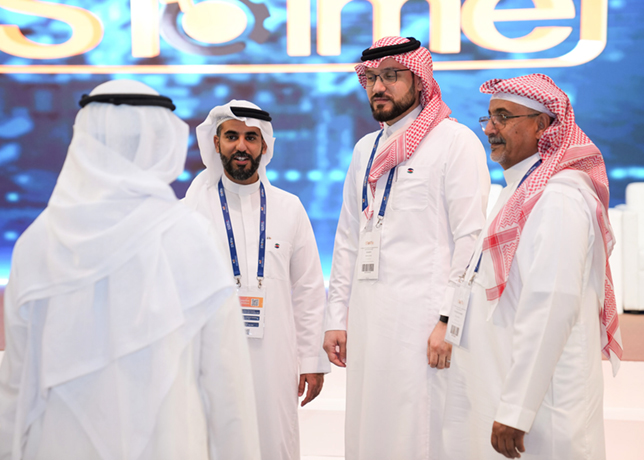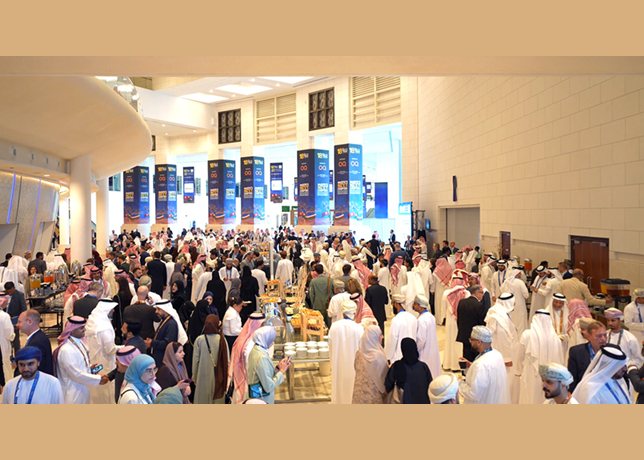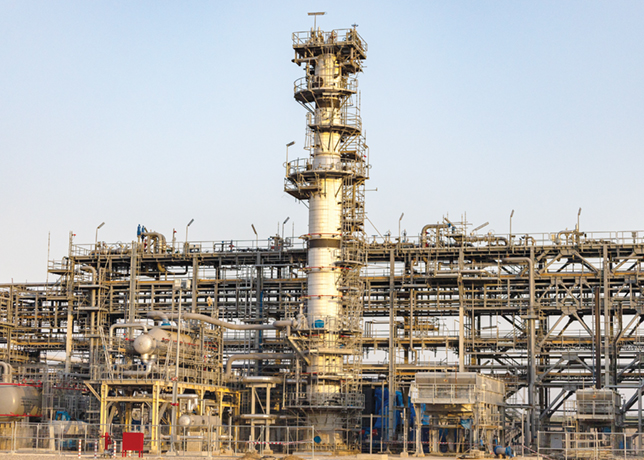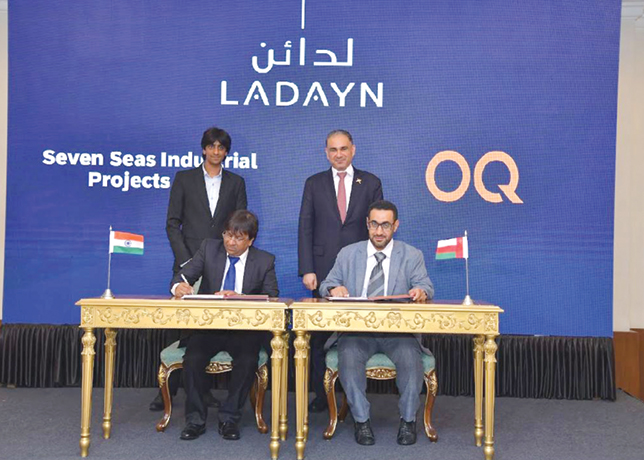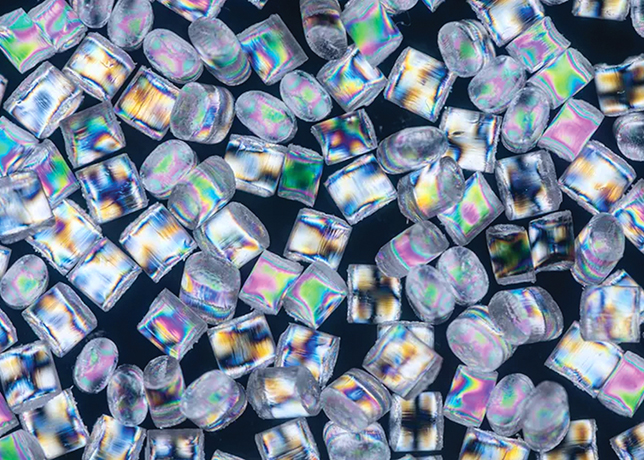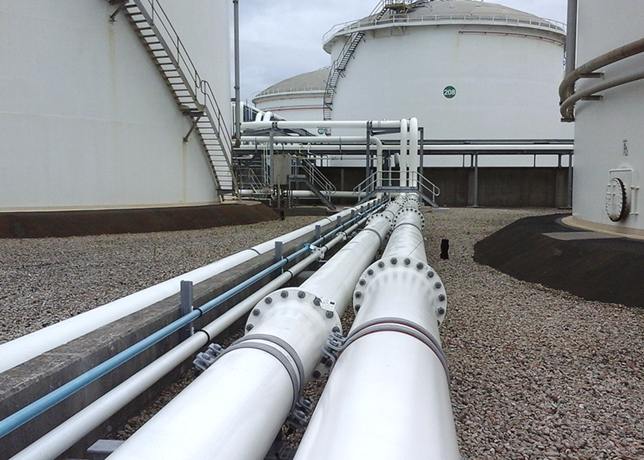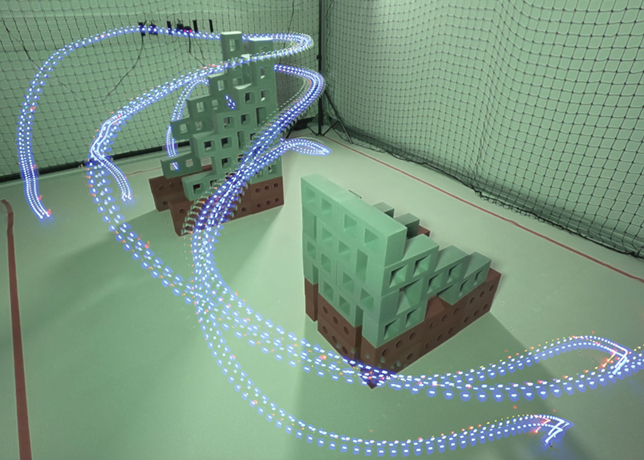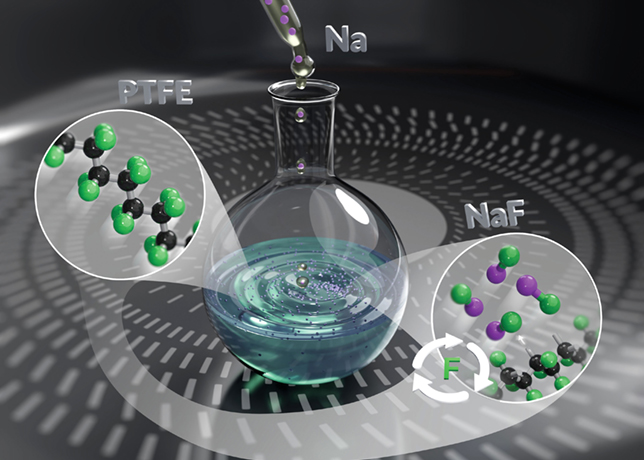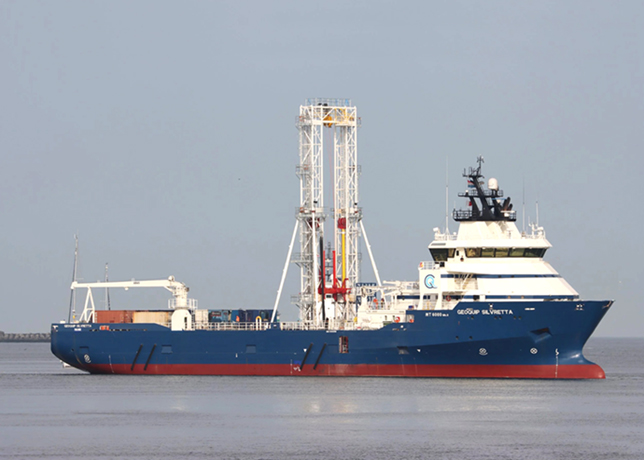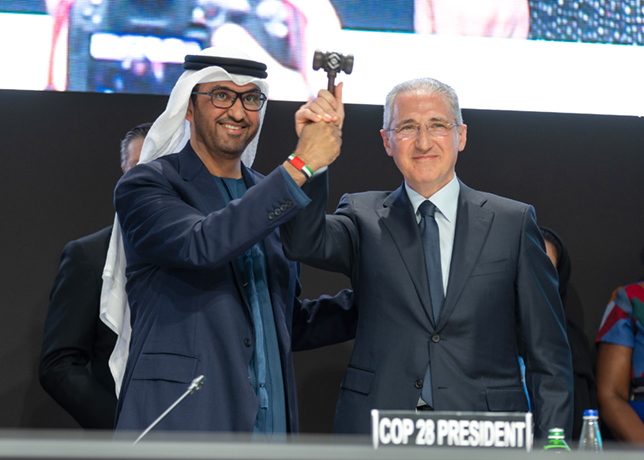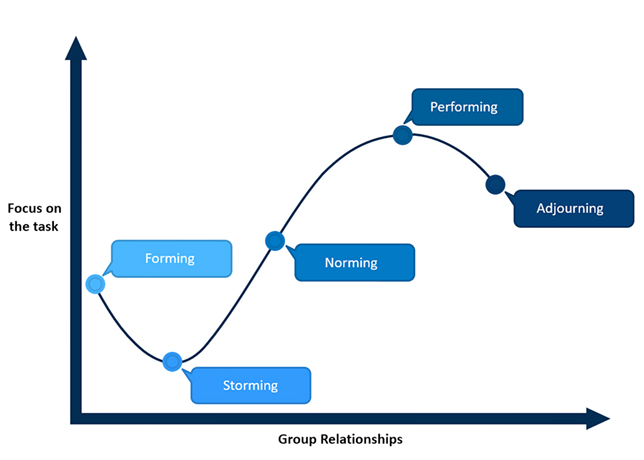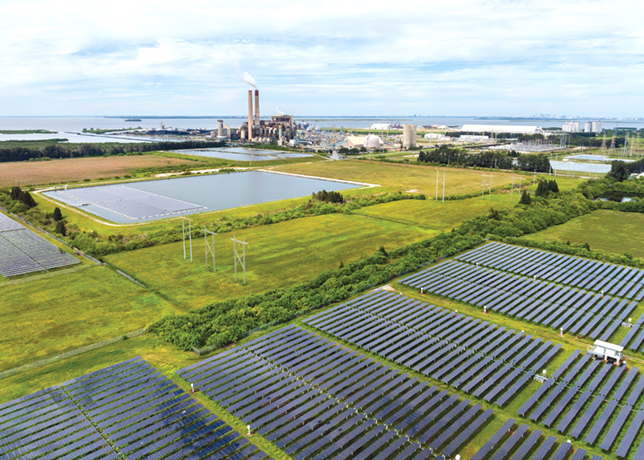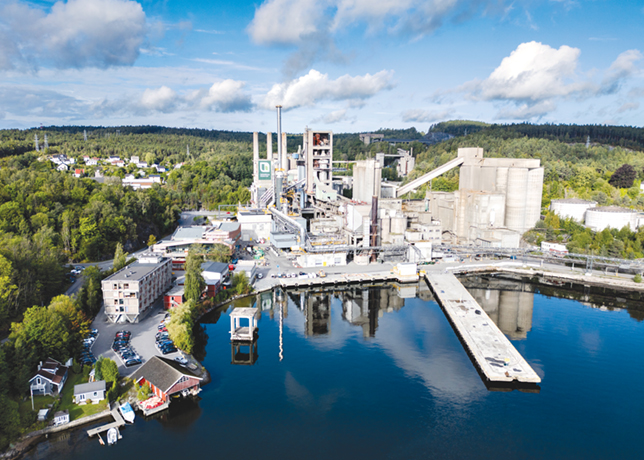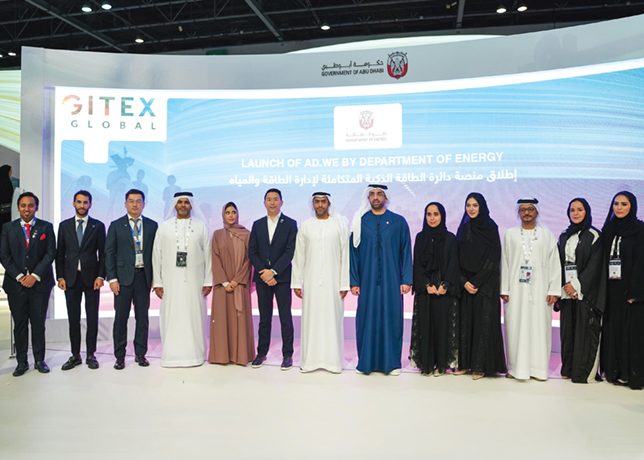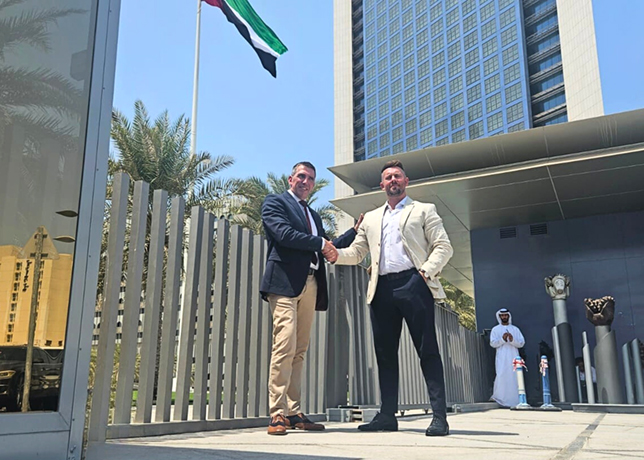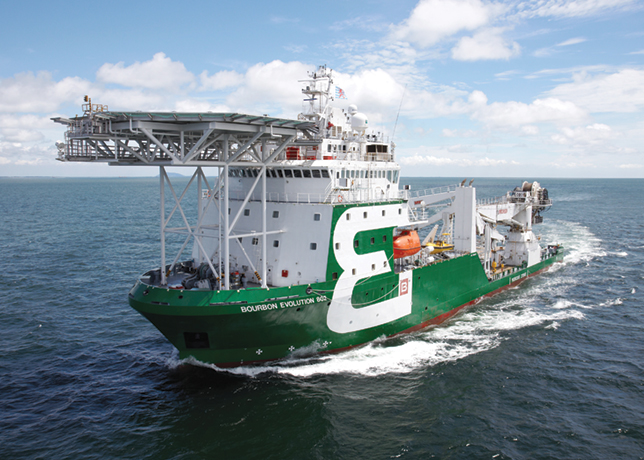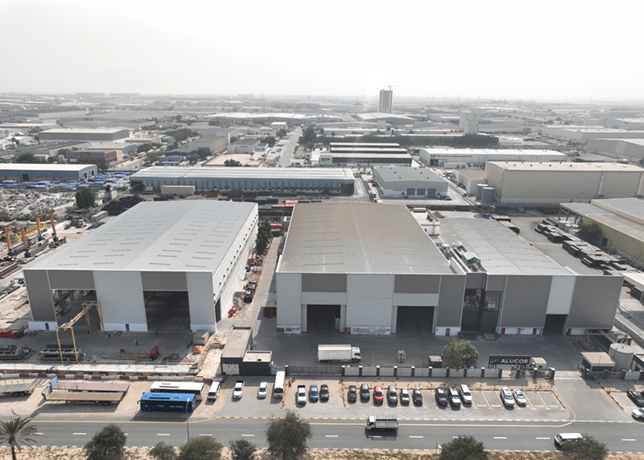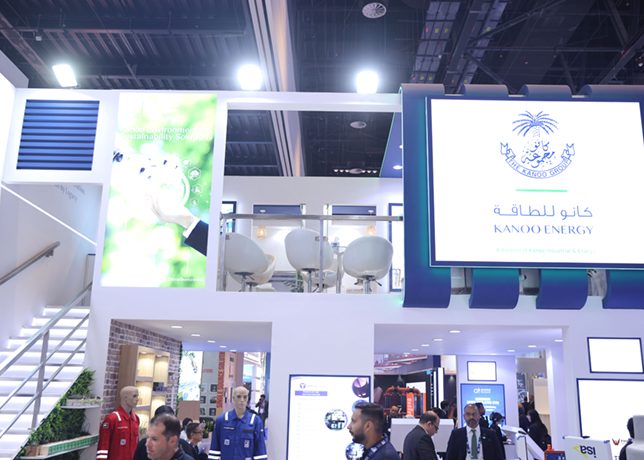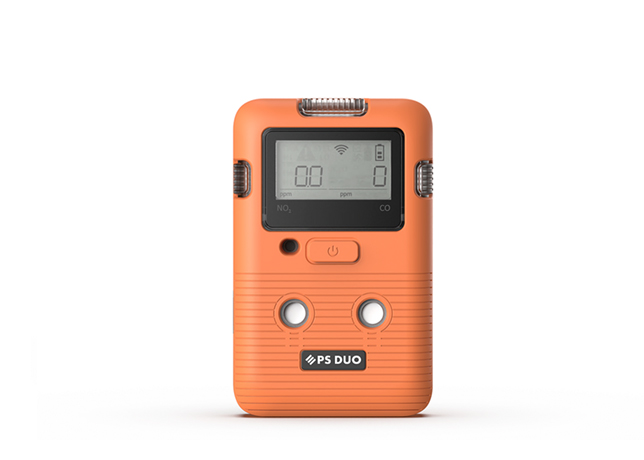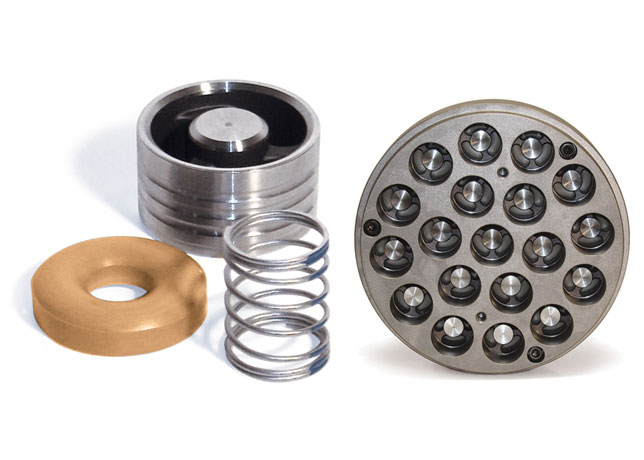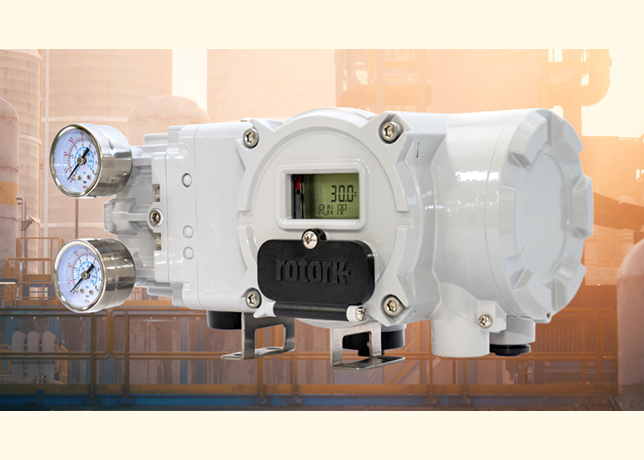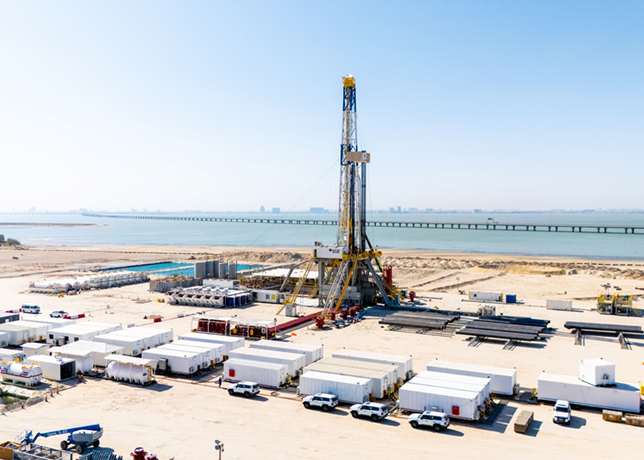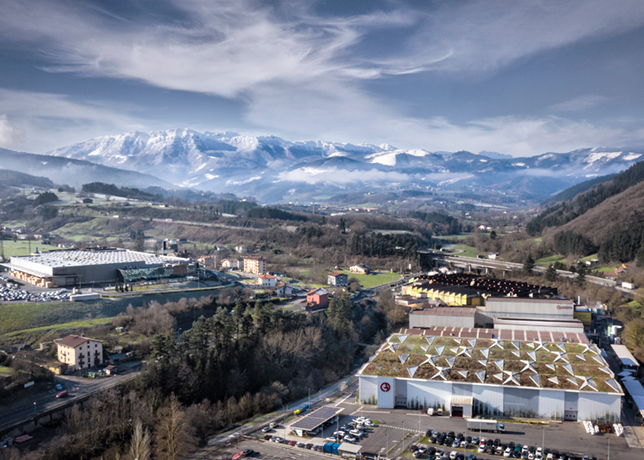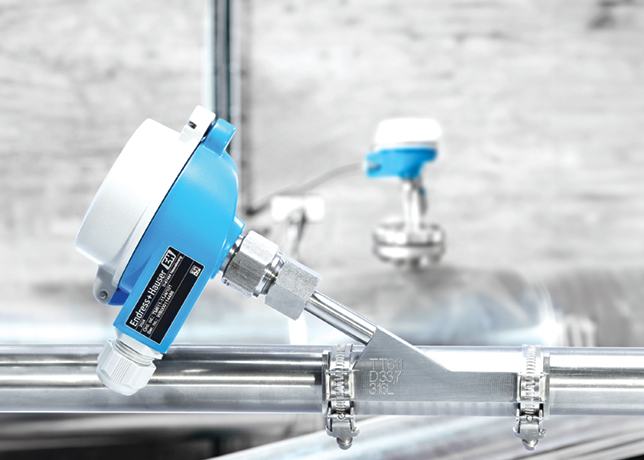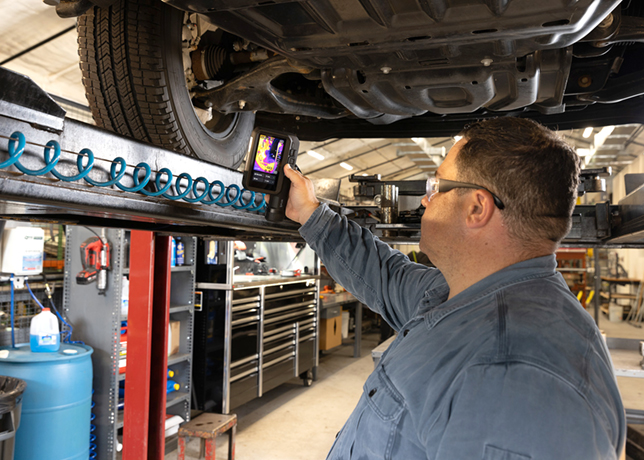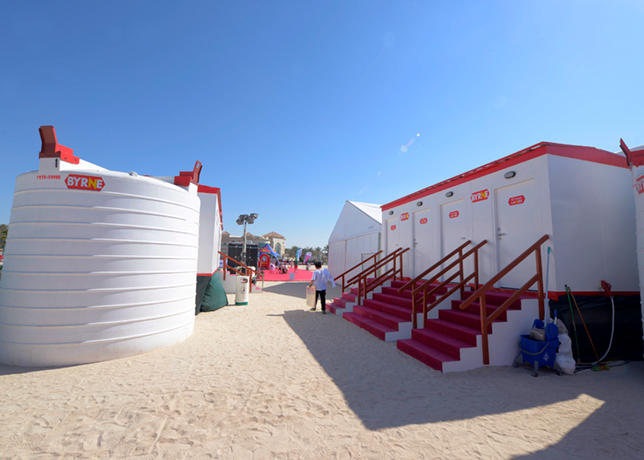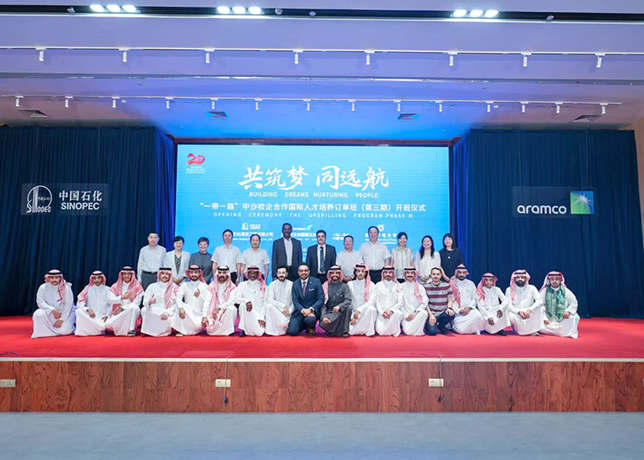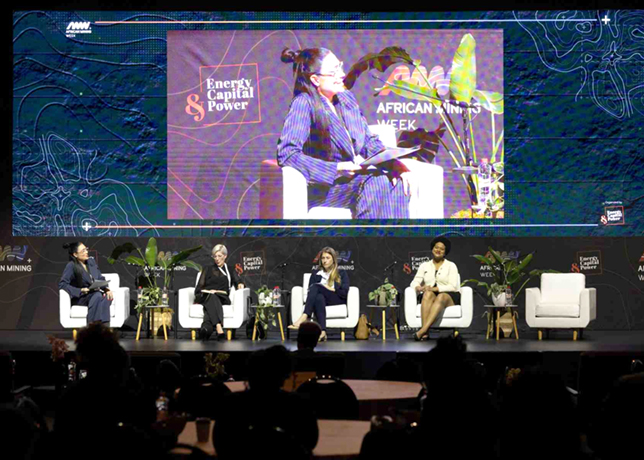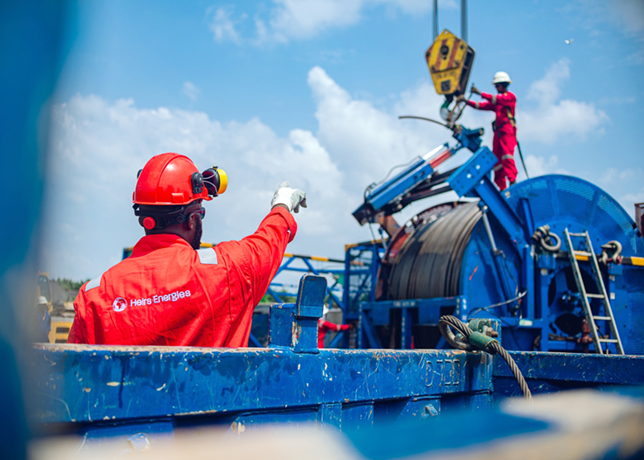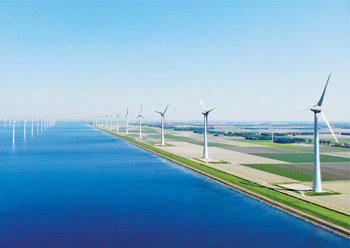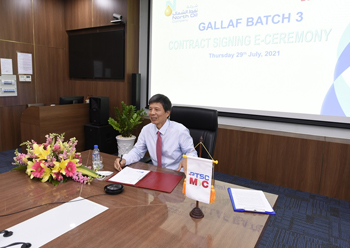
 Shadi Aoun
Shadi Aoun
The company enabled a major Mideast gas operator handle new processing conditions using updated technologies to effectively handle a 45 per cent increase in gas capacity and 25 per cent higher humidity in the wet gas, says Shadi Aoun of Sulzer Chemtech (Upstream)
IL and gas operators are currently increasing their focus on brownfield sites to maximise the productivity and reliability of existing assets.
'For upstream and midstream facilities, operators should regularly upgrade their gas treatment facilities (topsides) to ensure sustainable production despite limitations, such as pressure depletion,' Shadi Aoun, Head of Sales and Technology, Sulzer Chemtech (Upstream), tells OGN.
A major gas operator in the Middle East was looking to improve its existing triethylene glycol (TEG) contactor, enabling it to handle new processing conditions associated with well pressure depletion. Sulzer Chemtech, the leader in separation and mixing technology, provided an equipment revamp solution to address these challenges and increase productivity.
BACKGROUND
Due to foreseen pressure depletion in its wells, the TEG contactor’s operating pressure was reduced by 30 per cent, and this was affecting the dehydration process parameters, including:
• The feed gas humidity increased and thus the existing structured packing was not sufficient to achieve the required number of transfer units (NTU) and to meet the dry gas specification.
• The gas density was reduced. As a result, the TEG contactor had to be able to handle an increase in the gas flow capacity
MODIFICATIONS
 |
|
Natural gas dehydration with TEG |
• Gas inlet section: To improve the system, Sulzer Chemtech’s specialists began by replacing the existing inlet deflector with a Shell Schoepentoeter to decrease the momentum of the feed and optimise the separation process. To provide the necessary mechanical integrity, the Shell Schoepentoeter inlet device was reinforced with specially designed structured elements.
• Inlet scrubber: The existing TEG contactor had an integral inlet scrubbing section, where the gas load factor exceeded the tolerable allowance for the wire-mesh pads, resulting in potential flooding of the pad.
To overcome the height limitation in this section, Sulzer modified the existing chimney tray above the feed inlet to accommodate technologically advanced Sulzer HiPer axial cyclones in the risers.
The existing conventional mist eliminator was replaced with an improved Sulzer KnitMesh 9798 pad, which helped in droplet agglomeration for the downstream Sulzer HiPer axial cyclones, while offering sufficient mist elimination for the turndown cases.
• Absorption section with structured packing: To achieve the required dehydration efficiency, the existing structured packing was replaced with newer, high efficiency Sulzer BXPlus units, while the lean TEG gravity liquid distributor was replaced with Sulzer’s MellaTech technology to improve distribution quality and homogeneity. These modifications helped avoid major changes in the regeneration unit or any other equipment.
 |
The Sulzer MKS Multi Cassette creates an efficient separator |
• Top mist eliminator (outlet scrubber): The gas load factor in the outlet scrubbing section exceeded the recommended range of the existing wire-mesh pads. Therefore, Sulzer’s MKS Multi Cassette was installed to meet the updated process conditions. The new solution offers superior performance thanks to its axial cyclone element followed by a number of separating cassettes mounted above it.
• Installation of modified internals: TEG contactors are operated at high pressure and any welding onto the vessel wall would require post weld heat treatment and column re-certification. This would not only result in a longer shutdown time but would also require large volumes of water for hydro-testing of the vessel.
Therefore, the new internals were designed and installed using expansion rings, which do not require any welding and thus help minimise the overall installation time. Further, modifications to the column nozzles could also be avoided. The installation was carried out safely and successfully by Sulzer despite the challenges posed by the pandemic.
CONCLUSION
Sulzer Chemtech revamped the TEG contactor using updated processing technologies to effectively handle the 45 per cent gas capacity increase and 25 per cent higher humidity in the wet gas.
Moreover, the dry gas specification was achieved without any hot work to the existing column shell. The modifications were completed in approximately seven days, allowing the gas operator to quickly benefit from the new setup.



